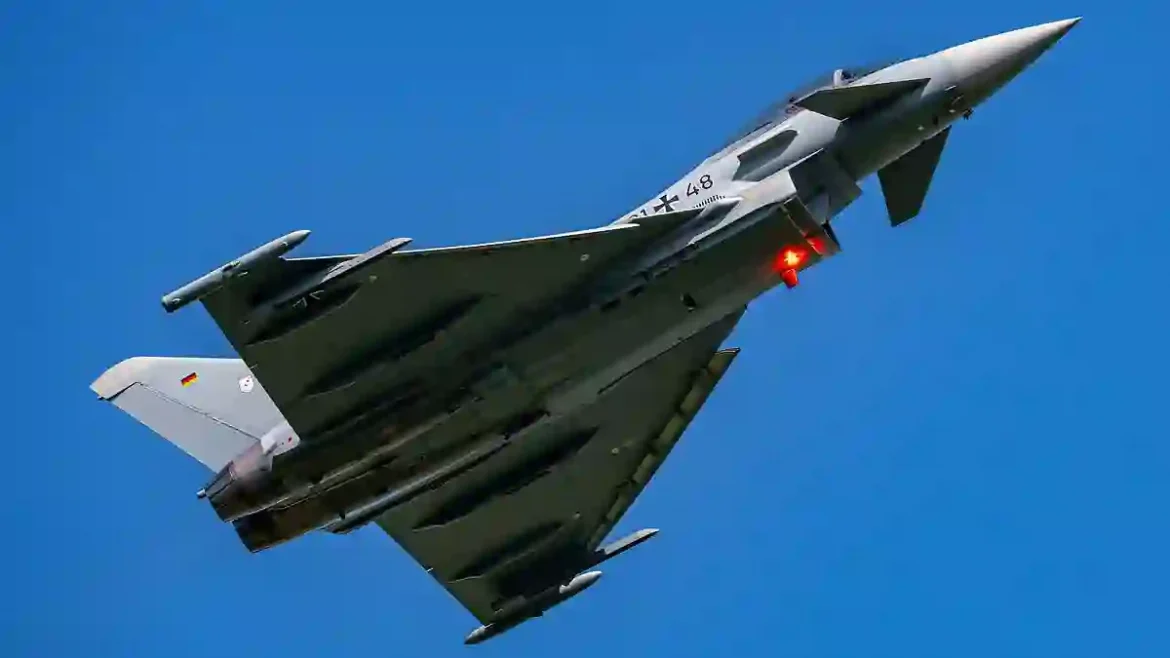As tensions simmer in Eastern Europe, NATO is exploring ways to make its defense posture more flexible, particularly concerning the use of weapons transferred among its members.
Sources indicate that the alliance is weighing adjustments that could allow for broader operational use of these systems against Russia.
Ministers to Debate Changes in Brussels
This topic is set to take center stage at the NATO defense ministers’ meeting on October 15 in Brussels.
The proposal is designed to enhance the alliance’s eastern flank, ensuring that member nations can respond more effectively as military dynamics in the region continue to evolve.
Operation Eastern Sentinel Highlights Coordination Needs
The discussions are closely tied to the launch of Operation Eastern Sentinel.
Within NATO, the operation is being treated as a crucial testing ground for integrated air and missile defense.
It demonstrates the alliance’s commitment to boosting readiness and refining collective response mechanisms near the Russian border.
National Rules Pose Hurdles for Unified Action
Despite the strategic benefits, NATO faces challenges in harmonizing weapon use across the alliance.
Each member state enforces its own “national restrictions” when transferring equipment to NATO command, creating legal and political obstacles.
“The challenge lies not in technology or intent, but in legal and political boundaries set by individual capitals,” a NATO source told reporters.
EU Military Support for Ukraine Dips
The issue takes on added urgency after reports that European Union military aid to Ukraine fell sharply over the summer of 2025—dropping by roughly 57 percent.
Even with NATO’s initiative to procure U.S. weaponry for Kyiv, analysts believe the decline has fueled pressure within the alliance to reconsider operational restrictions and coordination policies.
Uncertain Outcome in Brussels
It remains unclear whether NATO will reach a consensus at the upcoming Brussels meeting.
However, defense observers highlight that these debates signal a potential shift toward a more adaptable alliance doctrine, reflecting NATO’s recognition of the prolonged standoff with Russia.
Share on Facebook «||» Share on Twitter «||» Share on Reddit «||» Share on LinkedIn